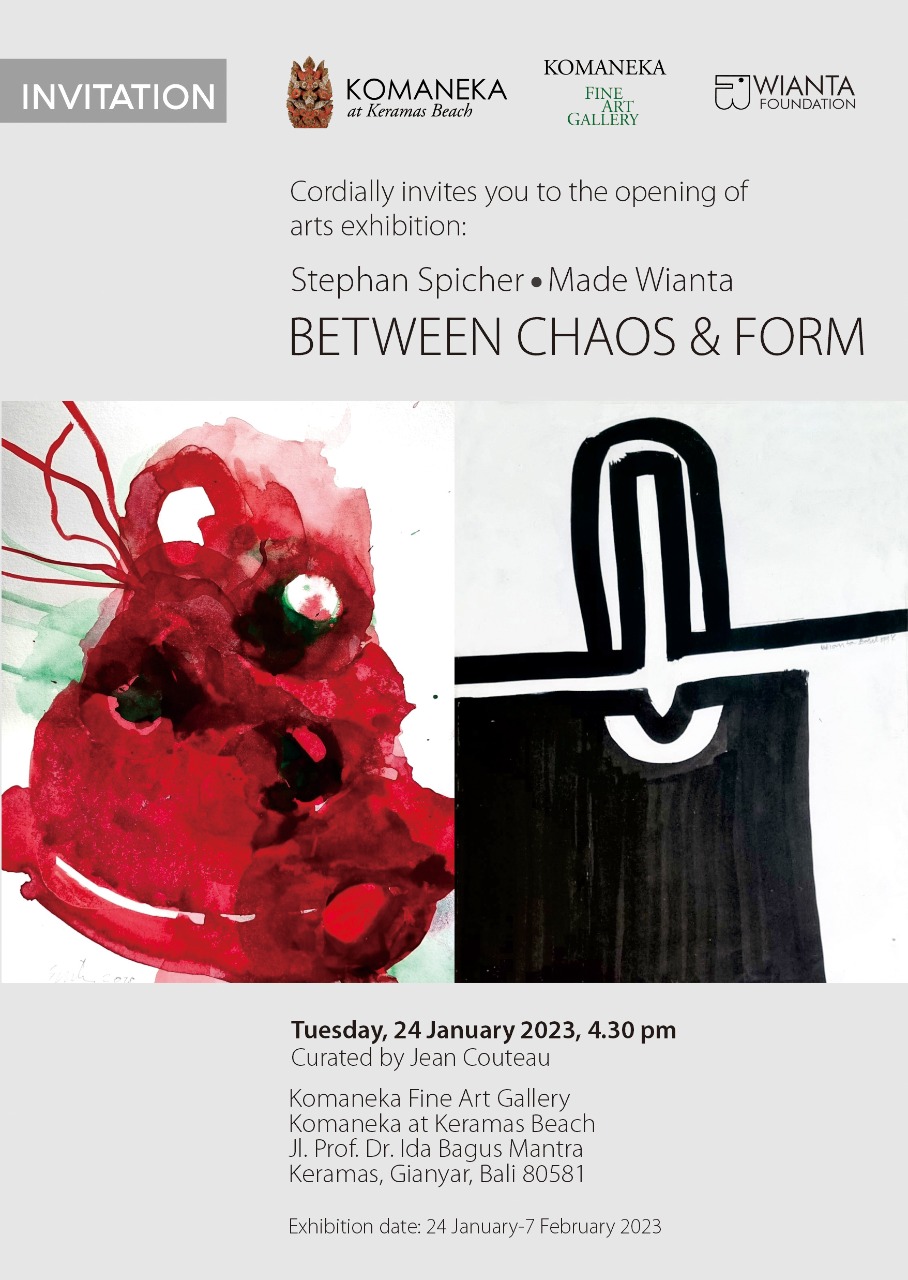BETWEEN CHAOS & FORM
by Made Wianta & Stephan Spicher
Pertemuan dua pelukis Swiss dan Bali ini bukanlah hal yang baru. Ketika Stephan Spicher pertama kali ke Bali, dia diperkenalkan kepada Made Wianta oleh mendiang Urs Ramseyer. Bermula dari itu, Stephan segera menganggap Bali sebagai studio melukis baru. Suatu dialog dimulai antarkedua seniman. Dialog pemikiran dan dialog artistik.
Stephan dan Wianta saling menghormati. Mereka berbagi pengalaman. Pengalaman seniman barat yang tinggal di Bali untuk Stephan, dan seniman Bali yang pernah tinggal di barat untuk Wianta.
Ketika di Bali, Stephan dan Wianta kerap bertemu di Apuan, Tabanan, kampung halaman Wianta. Stephan bermukim di situ berbulan-bulan, menghirup suasana budaya dan lingkungan alam setempat. Dia memahami bahwa Bali identik dengan “menikmati”.
Begitu halnya Wianta. Dari pengalamannya tinggal di Brussel, Belgia (1975-1977) dia sudah memahami cara berpikir serta kesenian dan budaya orang barat. Dari pengalamannya tinggal dengan Stephan di Swiss, dia memahami bahwa barat adalah “mempertanyakan”. Stephan di Swiss dan Made Wianta di Bali saling mengisi.
Wianta kerap berdiskusi dengan Stephan terhadap beragam kegelisahan memandang Bali: bila barat adalah “mempertanyakan”, kini Wianta mempertanyakan Bali di dalam dialog dengan Stephan. Mereka selanjutnya menjadikan gagasan mereka aneka proyek berkesenian bersama.
Beberapa proyek yang telah mereka lakukan bersama di antaranya, bekerja bersama di studio Stephan di Rancate, Ticino, dan Basel Swiss, serta Crossing Lines yang telah dipamerkan baik di Bali (2001) maupun di Basel (2002), serta St. Petersburg dan Art Moscow Rusia (2005).
Kini, Wianta sudah wafat, lebih dari dua tahun yang lalu, tetapi pertemuan mereka —pertemuan dan persilangan gagasan— kini dilanjutkan dalam suatu pameran bersama. Bukan pameran biasa, tetapi pameran dialogis antara suatu penggalian bersama, sebagai bentuk pertalian spirit yang tidak akan pernah berhenti walaupun Wianta telah tiada.
Pameran yang digelar Komaneka Art Gallery di Komaneka at Keramas Beach, Gianyar 24 Januari sampai 7 Februari 2023 ini mengusung tema “Between Chaos and Form”. Karya Wianta yang ditampilkan merupakan hasil proses kreatif di Rancate dan Basel Swiss serta di Bali. Begitu halnya karya-karya Stephan sebagian dibuat di Ticino, Basel, dan Bali.
Menurut kurator Jean Couteau pameran ini menggaungkan perihal keteraturan dan kekacauan, Order and Chaos, yang terjadi baik di barat maupun Indonesia. Tak ayal kemodernan membawakan keduanya, Order dan Chaos. Dialektika itu tampil di dalam karya kedua seniman.
Baik karya Stephan maupun Wianta tidak hanya mempertanyakan makna, tetapi justru menawarkan pemaknaan baru yang hakiki. Bila Order berdialektika dengan Chaos, di mana sang makna itu sendiri. Bukankah budaya kehilangan arti. Bukankah kalau arti“luar” tidak ada, bukankan satu satunya cara adalah mencari-cari arti di dalam dialog dengan diri sendiri, tetapi juga, dan terutama, dengan “sang lain” yang juga cermin diri.
Dari kedua seniman, hanyalah Stephan yang masih hidup. Baginya, kini, Wianta bukan hanya seorang teman dekat, dia adalah juga “sang lain” yang memberikan arti. “Sang lain” yang juga menggali ketakterhinggan dari Chaos dan Order. (*)
The meeting of these two painters – Swiss and Balinese – is nothing new. When Stephan Spicher first came to Bali he was introduced to Made Wianta by the late Urs Ramseyer. And from this auspicious beginning Spicher immediately began to consider Bali as a potential painting studio. A dialogue began between the two artists – both in terms of thinking and art – was born.
Spicher and Wianta respected each other. They shared experiences: the experience of a western artist living in Bali for Spicher, and a Balinese artist who has lived in the west for Wianta.
When in Bali, Spicher and Wianta often met in Apuan, Tabanan – Wianta’s hometown. Spicher stayed there for months, breathing in the cultural atmosphere and the local natural environment. In Apuan, he came to appreciate that Bali is synonymous with ‘enjoying’.
Similarly with Wianta. From his experience living in Brussels, Belgium (1975-1977) he understood the way of thinking as well as the art and culture of the West. From his experience living with Spicher in Switzerland, he understood that the West is ‘questioning’. Spicher in Switzerland and Made Wianta in Bali thus complemented each other.
Wianta often discussed with Spicher various concerns relating to Bali: if the West is ‘questioning’, now Wianta is questioning Bali in dialogue with Spicher. And along these lines the two men then turned their ideas to various joint art projects.
Some of the projects they conducted together involved working together at Spicher’s studio in Rancate, Ticino, and in Basel Switzerland, as well as ‘Crossing Lines’, which has been exhibited both in Bali (2001) and in Basel (2002), and in St. Petersburg and Art Moscow Russia (2005).
Some time after Wianta’s passing some two years ago, the meeting of these two men – the meeting and melding of their ideas – is now being continued in a joint exhibition. Not an ordinary exhibition, but a dialogic exhibition between a joint excavation, as a form of spiritual connection that will surely live eternal despite Wianta’s absence.
The exhibition, which is being held by Komaneka Art Gallery at Komaneka at Keramas Beach, Gianyar, from 24 January to 7 February 2023, carries the theme ‘Between Chaos and Form’. Works on display from Wianta are the result of creative processing in Rancate and Basel Switzerland, as well as in Bali. Likewise, some of Spicher’s works were made in Ticino, Basel and also in Bali.
According to curator Jean Couteau, this exhibition echoes matters of order and chaos, of ‘Order and Chaos’, which have plagued both the West and Indonesia. Modernity, after all, has parented both Order and Chaos, and it is a dialectic that characterises the works of both artists.
The works of both men – Spicher and Wianta – not only question meaning, but at the same time offer essentially new meanings. If Order is indeed in a dialectic with Chaos, then what is the overiding meaning of all of this? Does not culture lose meaning in chaos? Is it not true that if the meaning of ‘outside’ does not exist, then this not the only way to seek meaning in a dialogue, not only with oneself, but also, and especially, with ‘the other’, who/which is also a reflection of oneself?
Of the two artists, only Spicher remains in body. For him, now, Wianta is not only a close friend, but he is also the ‘other’ who gives meaning, and perhaps more significantly the ‘other’ who explores the infinity of Chaos and Order. (*)
Download Press Release and Digital Catalog
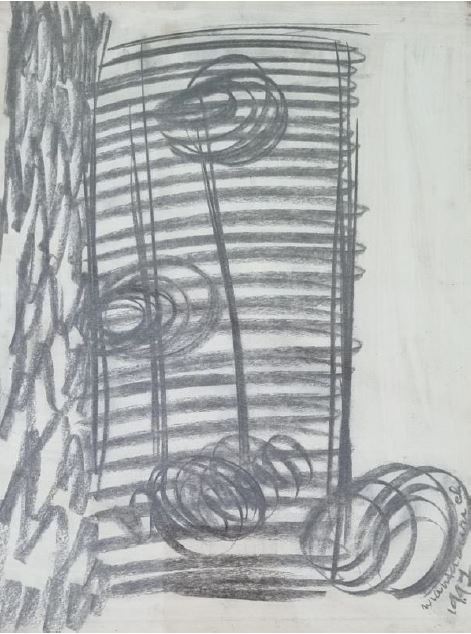
Between Chaotic #1
pencil on paper
48 x 36
1997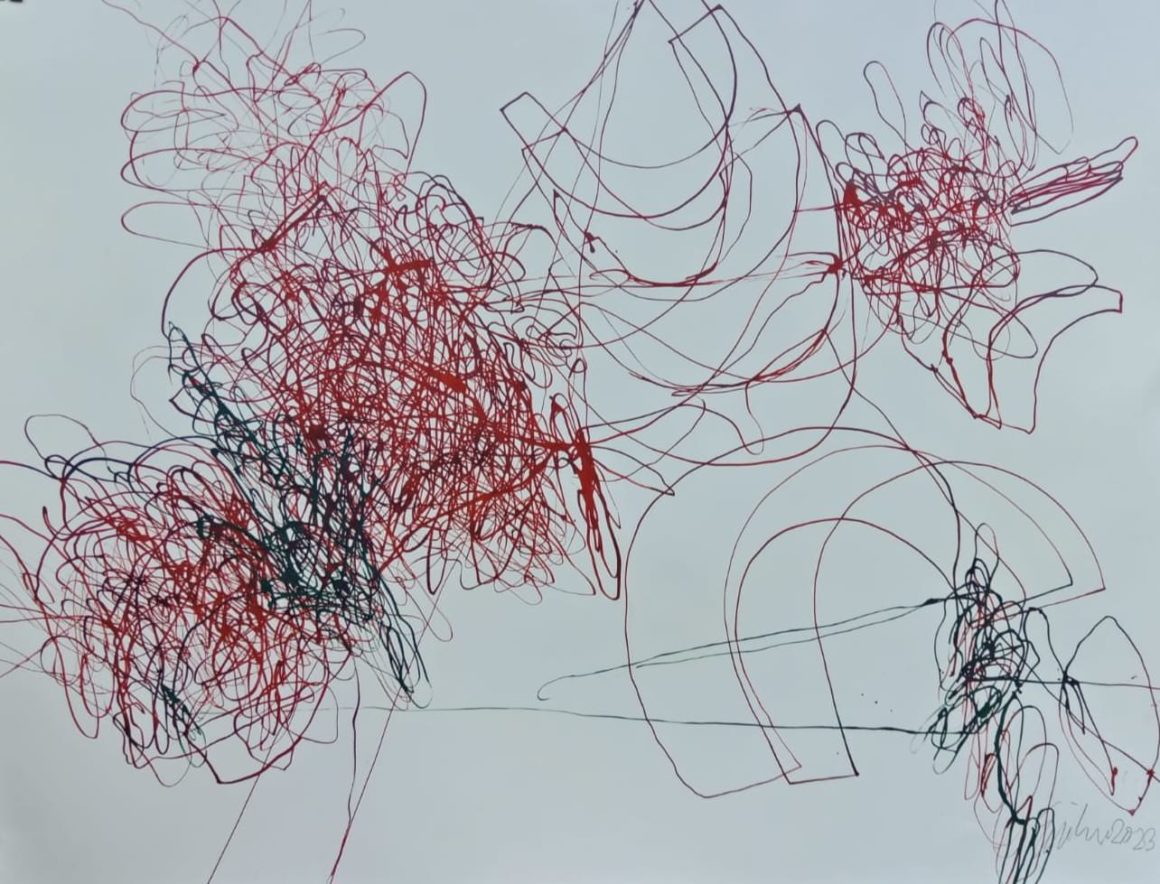
Blooming and Fading #4
Ink on paper
100X130 cm
2023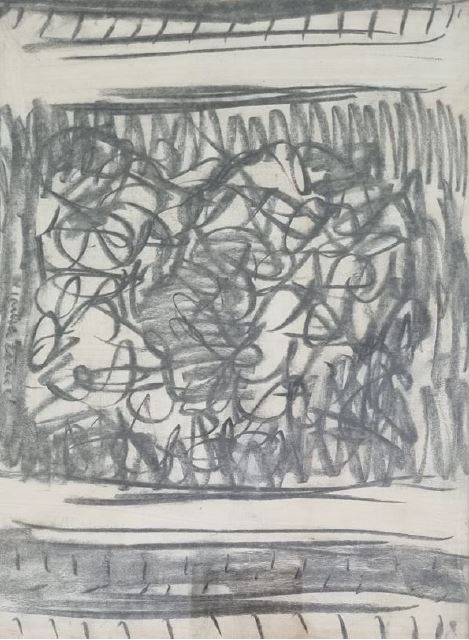
Between Chaostic 2
Pencil on paper
48X36 cm
1997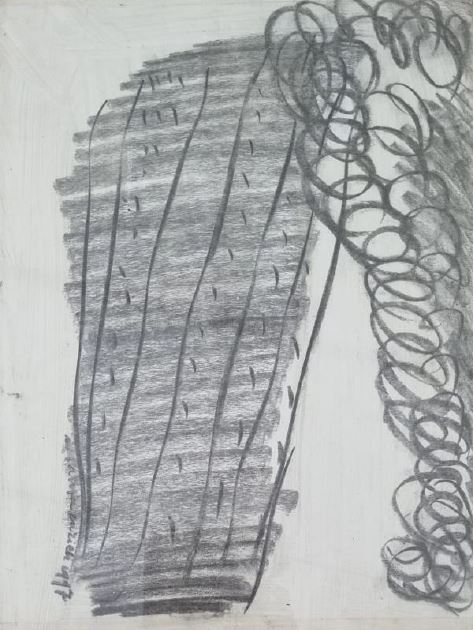
Between Chaostic 3
Pencil on paper
48X36 cm
1997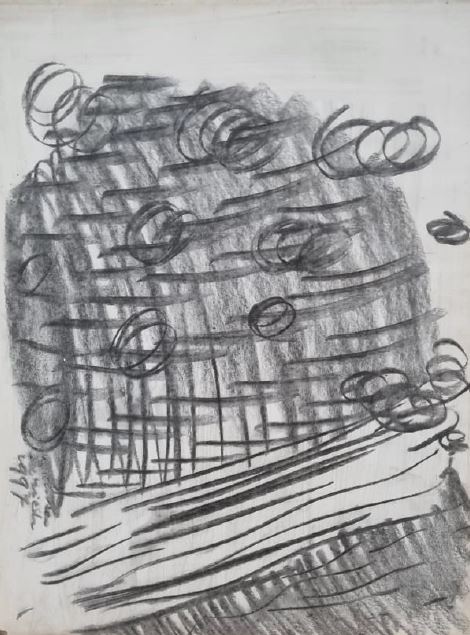
Between Chaostic 4
Pencil on paper
48X36 cm
1997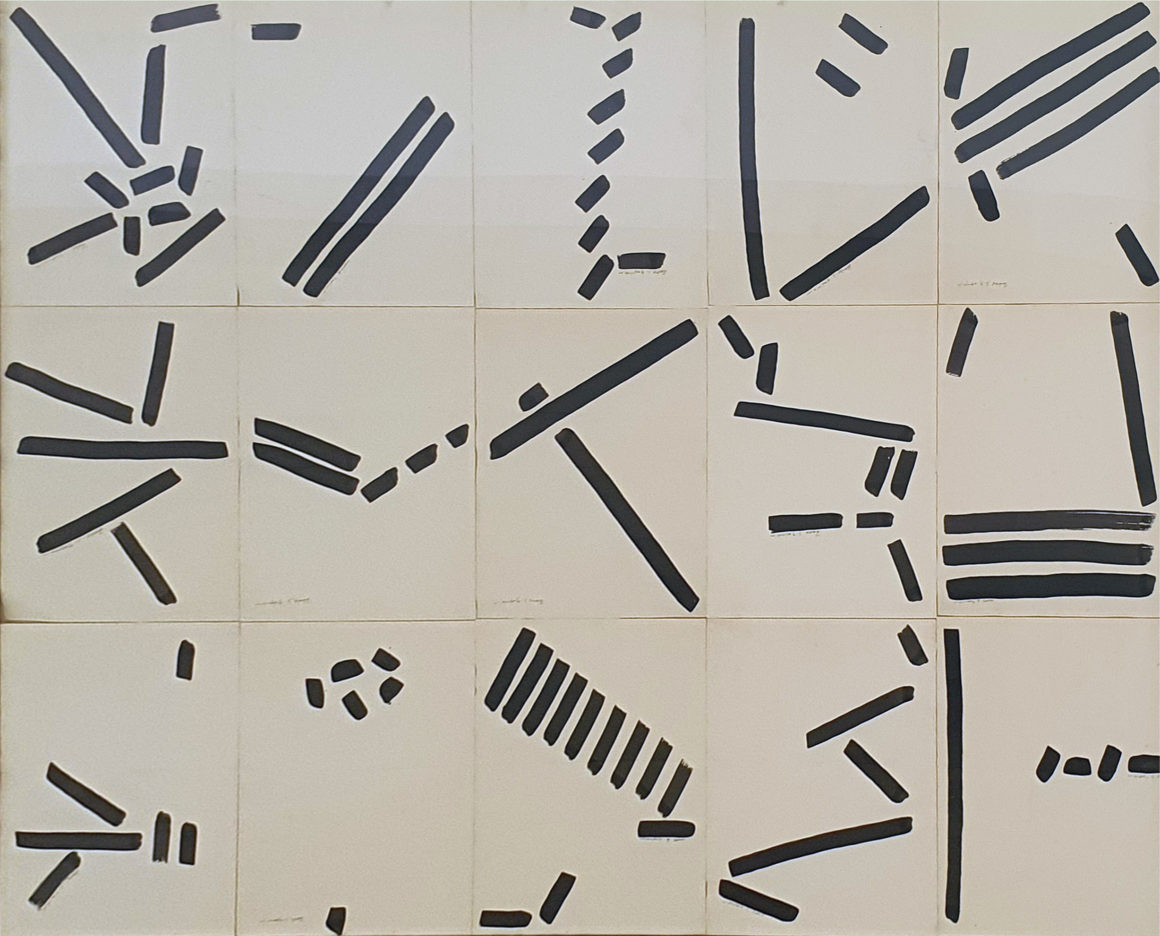
Chaotic Form
Acrylic on paper
85X10,5 cm
2002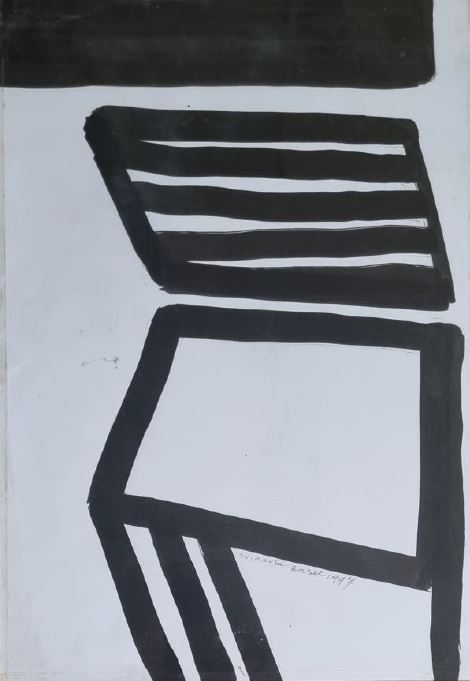
Reaching the form 1
Acrylic on paper
42X30 cm
1997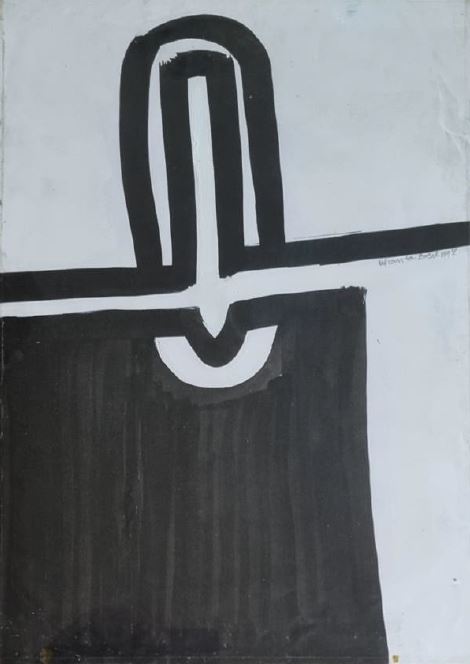
Reaching the form 2
Acrylic on canvas
42X30 cm
1997
SOLD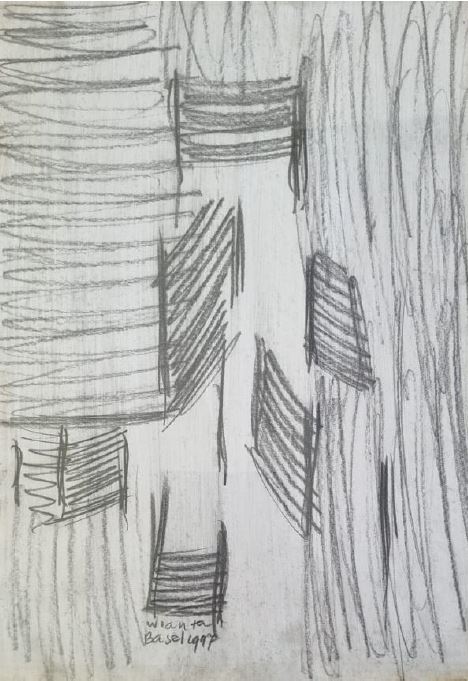
Shadow of the line 1
Pencil on paper
42X30 cm
1997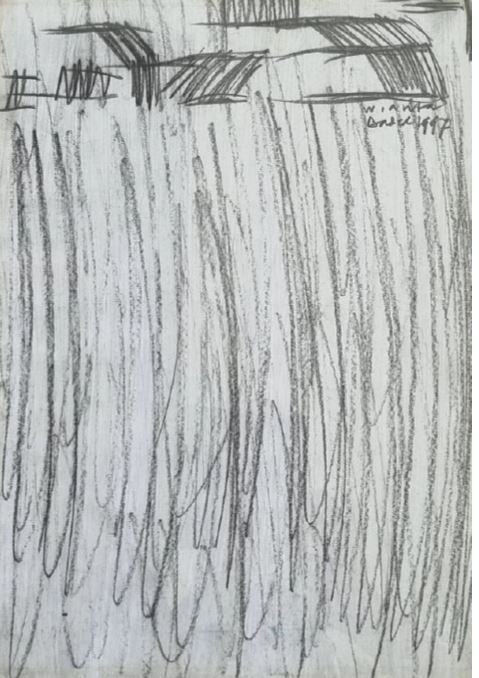
Shadow of the line 2
Pencil on paper
42X30 cm
1997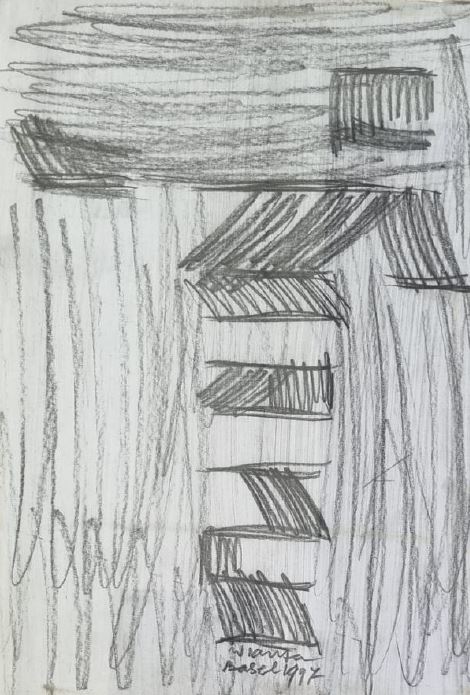
Shadow of the line 3
Pencil on paper
42X30 cm
1997
Shadow of the line 4
Pencil on paper
42X30 cm
1997
To Reach the form 1
Acrylic on canvas
42X30 cm
1997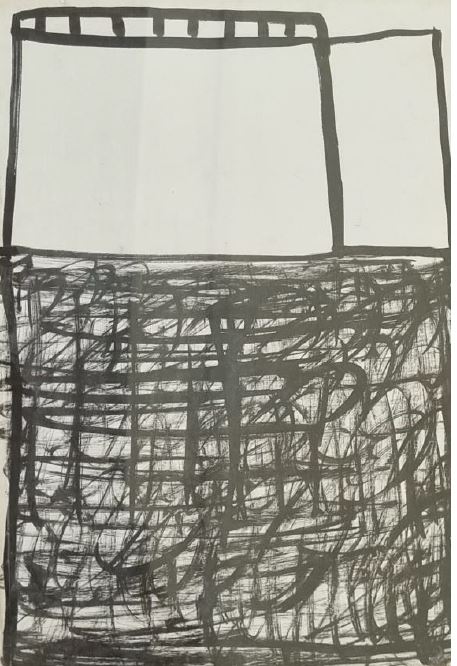
To Reach the form 2
Acrylic on canvas
42X30 cm
1997
Wave of life 1
Oil on canvas
100X120 cm
2000
wave of life 2
Oil on canvas
100X120 cm
2000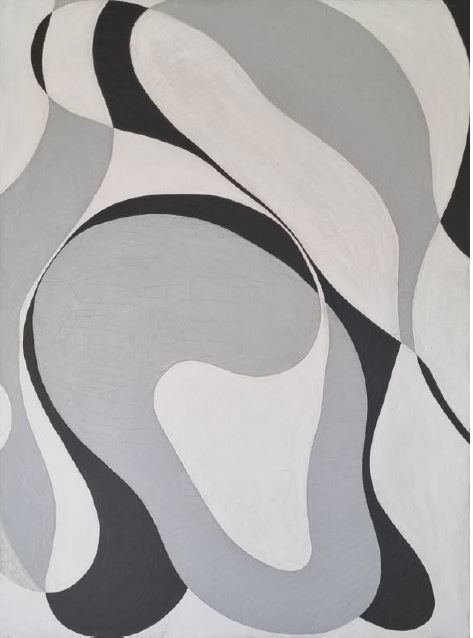
wave of life 3
Oil on canvas
100X120 cm
2000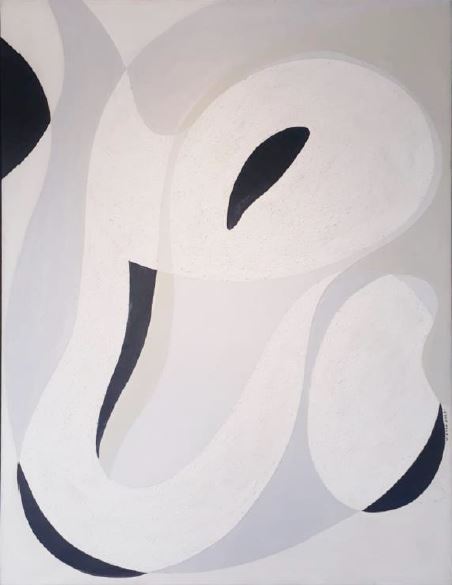
wave of life 4
Oil on canvas
100X120 cm
2000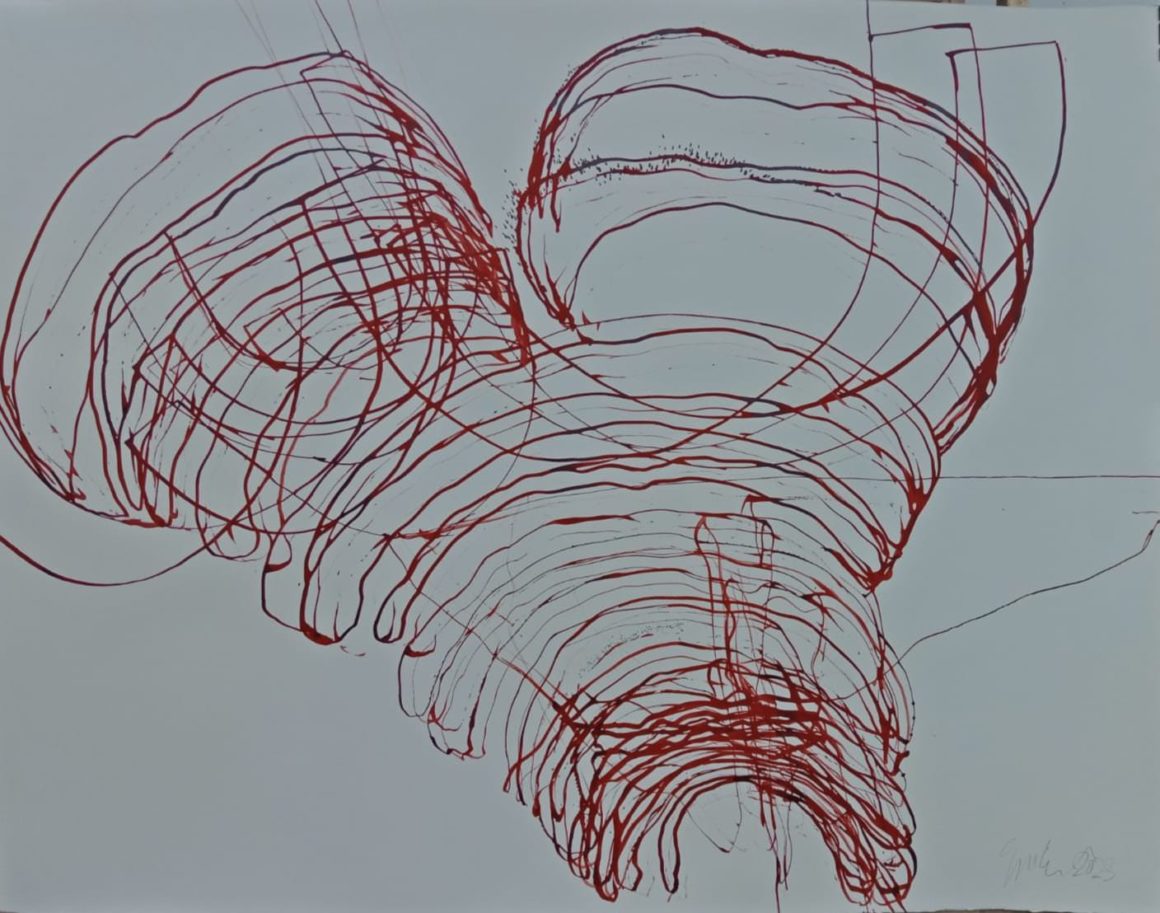
Blooming and Fading #1
Ink on paper
100X130 cm
2023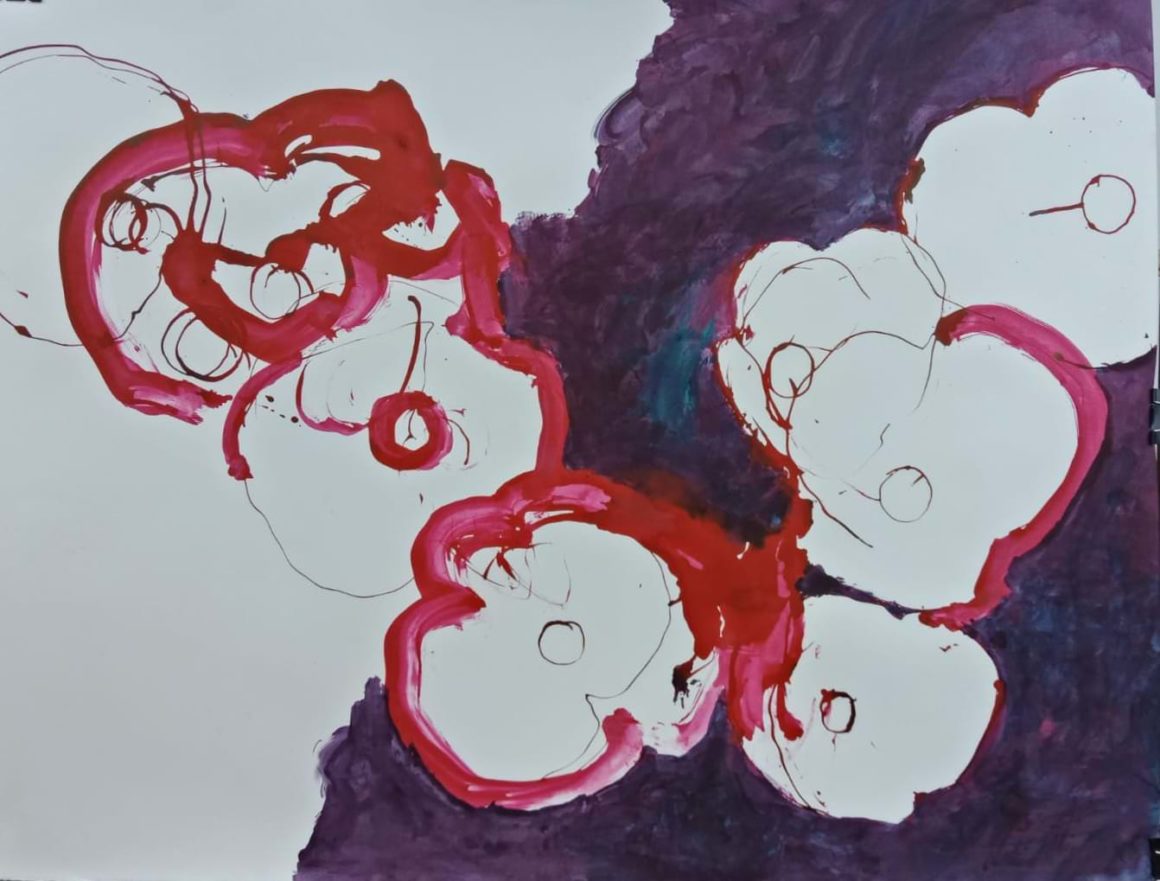
Blooming and Fading #2
Ink on paper
100X130 cm
2023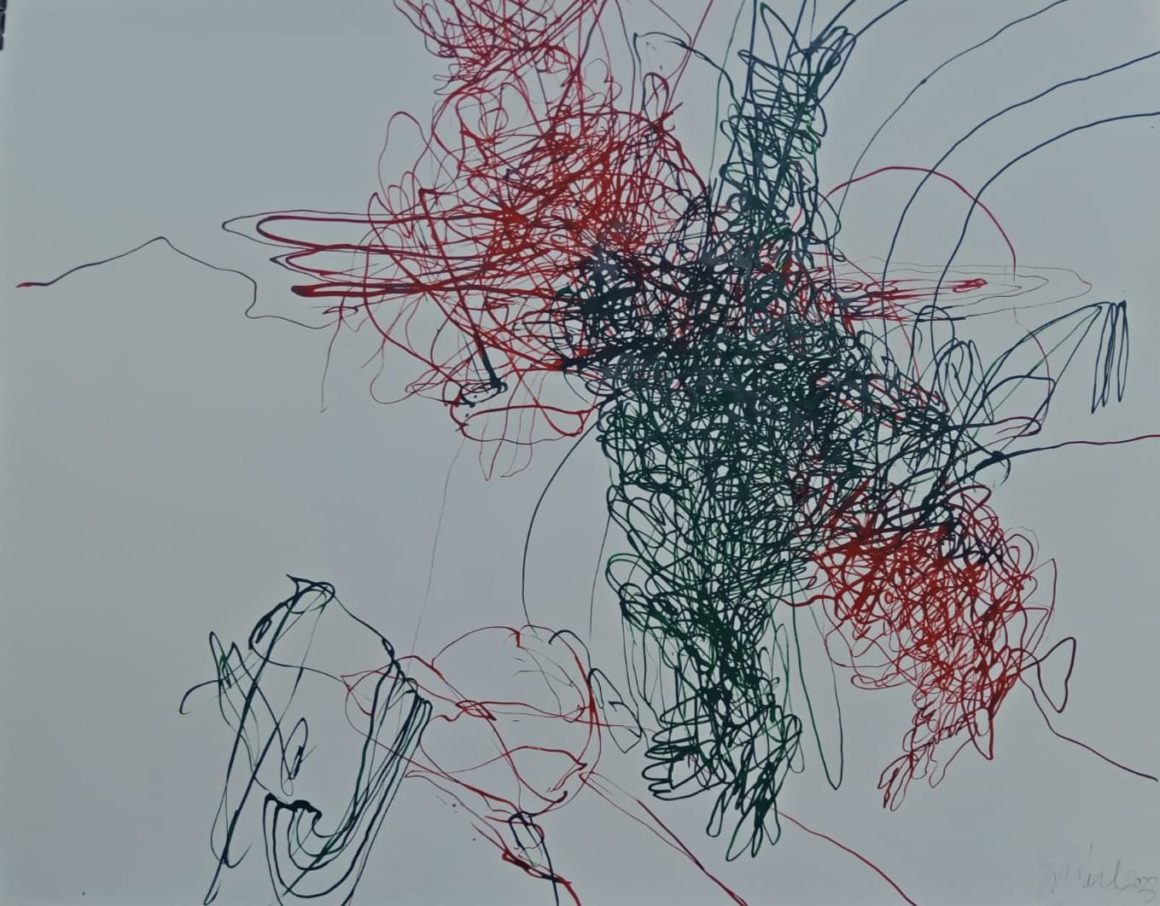
Blooming and Fading #3
Ink on paper
100X130 cm
2023
Blooming and Fading #5
Relief print on Aluminum
40X50 cm
2013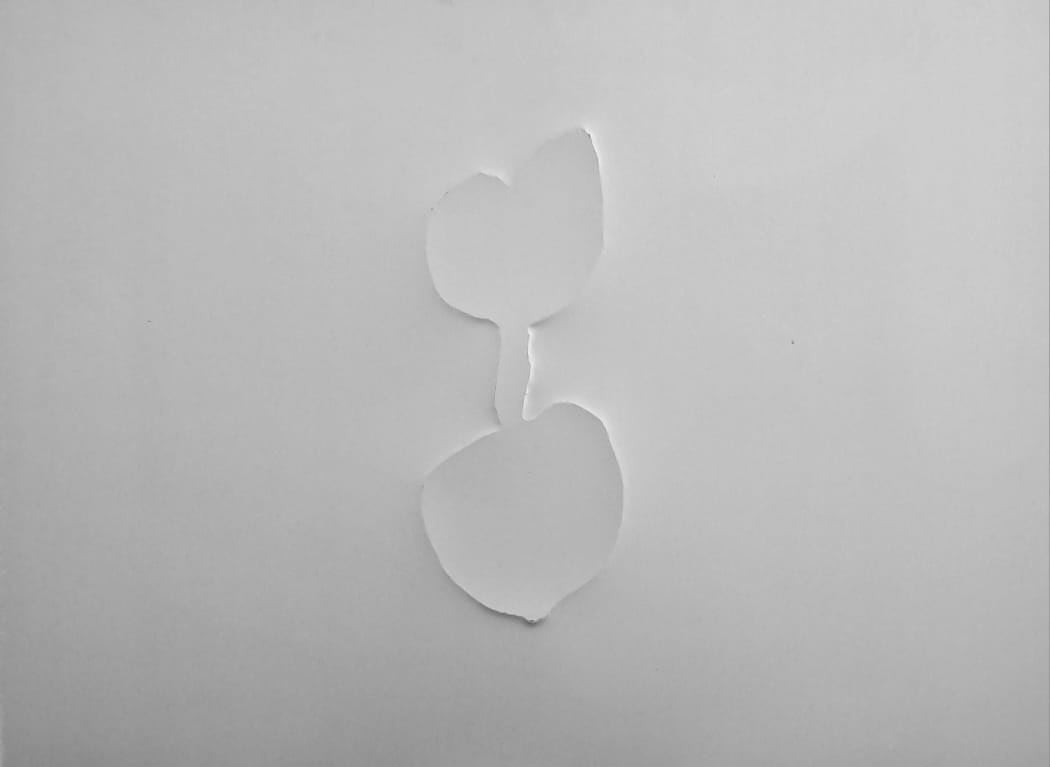
Blooming and Fading #6
Relief print on Aluminum
40X50 cm
2013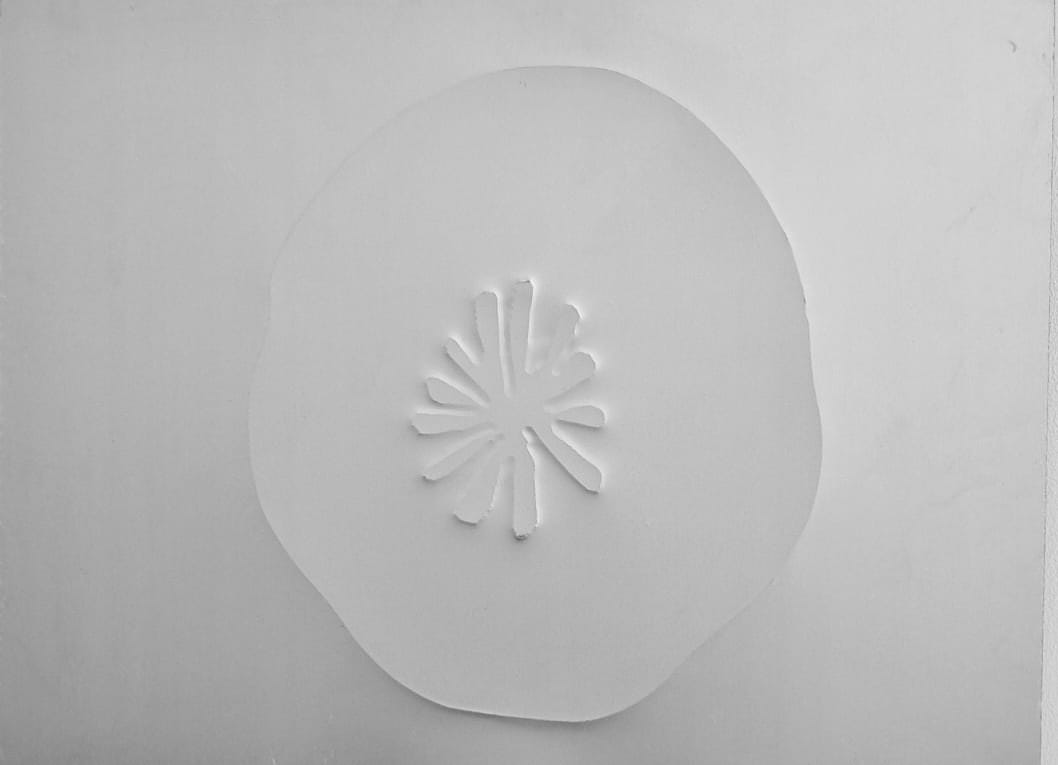
Blooming and Fading #7
Relief print on Aluminum
40X50 cm
2013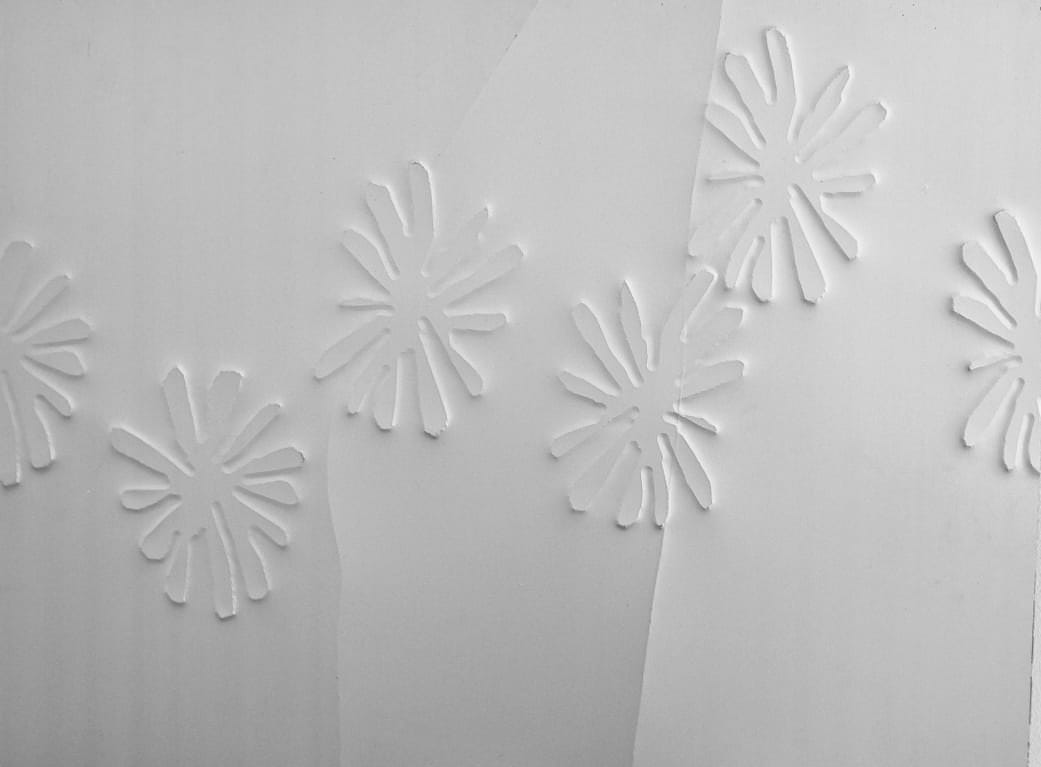
Blooming and Fading #8
Relief print on Aluminum
40X50 cm
2013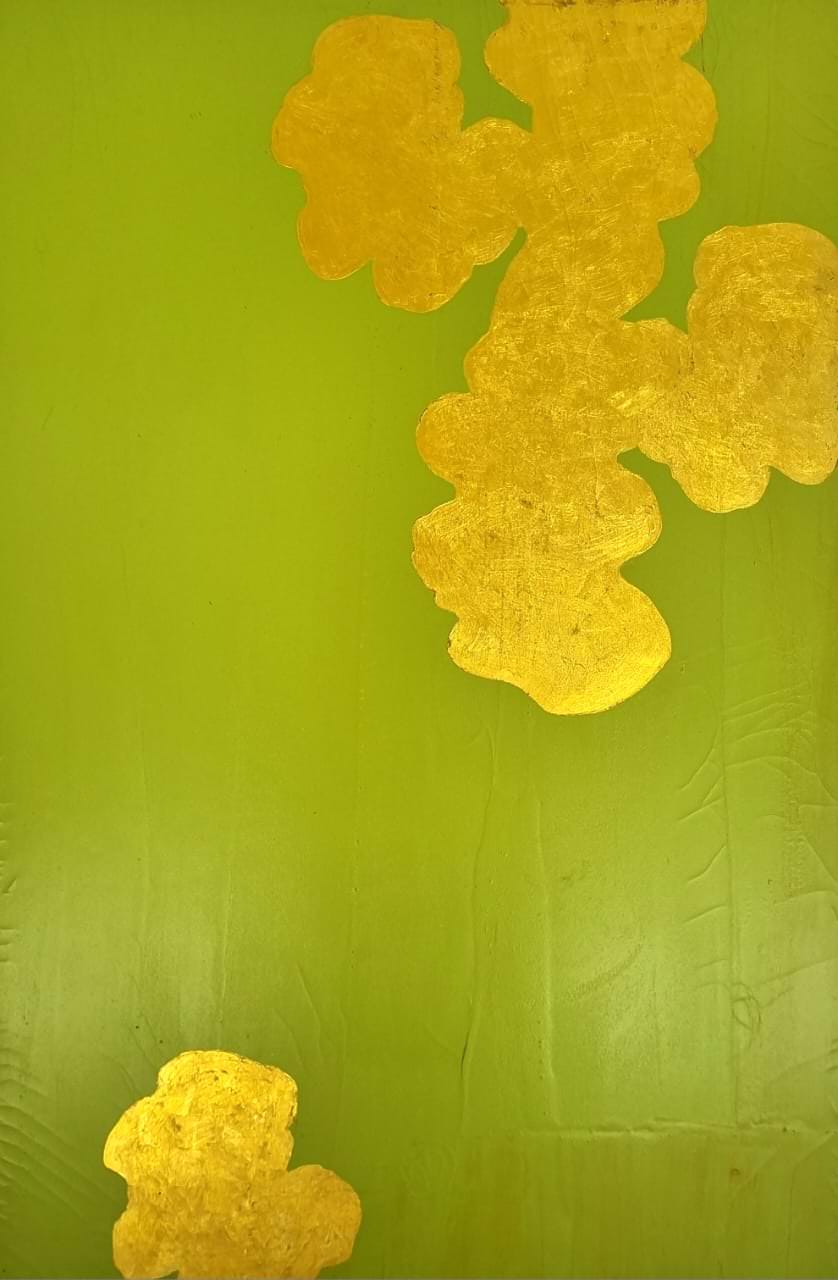
Blossom #1
Lacquer and Gold Leaf on canvas
Lacquer and Gold Leaf on canvas
2005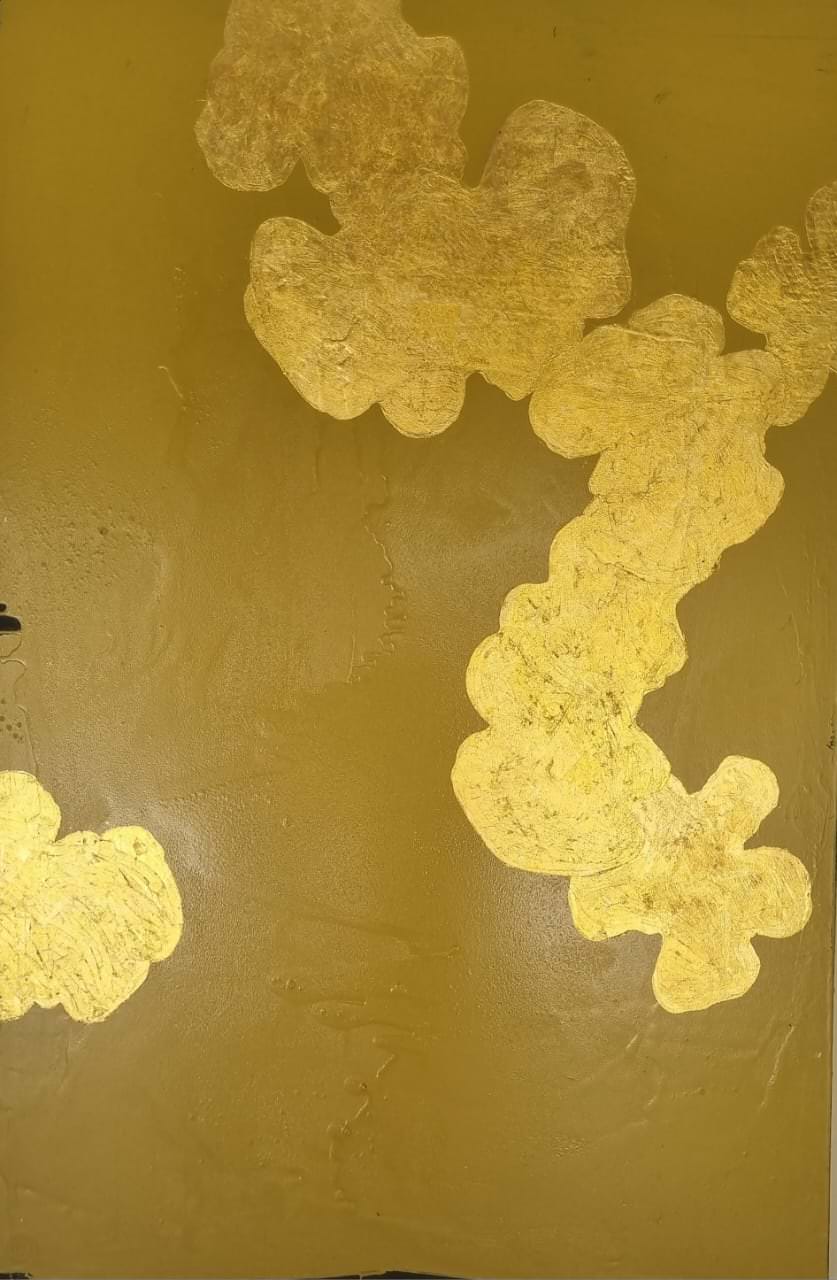
Blossom #2
Lacquer and Gold Leaf on canvas
150X100 cm
2005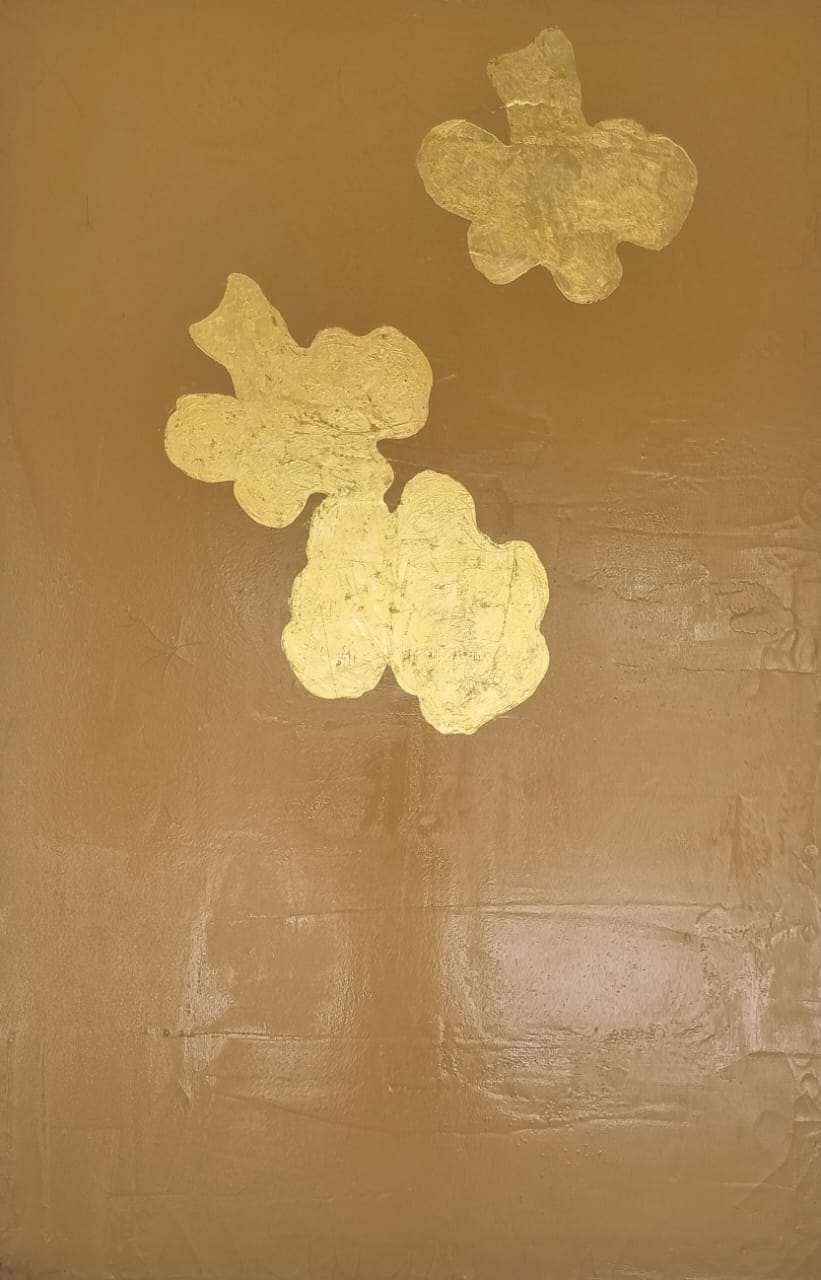
Blossom #3
Lacquer and Gold Leaf on canvas
150X100 cm
2005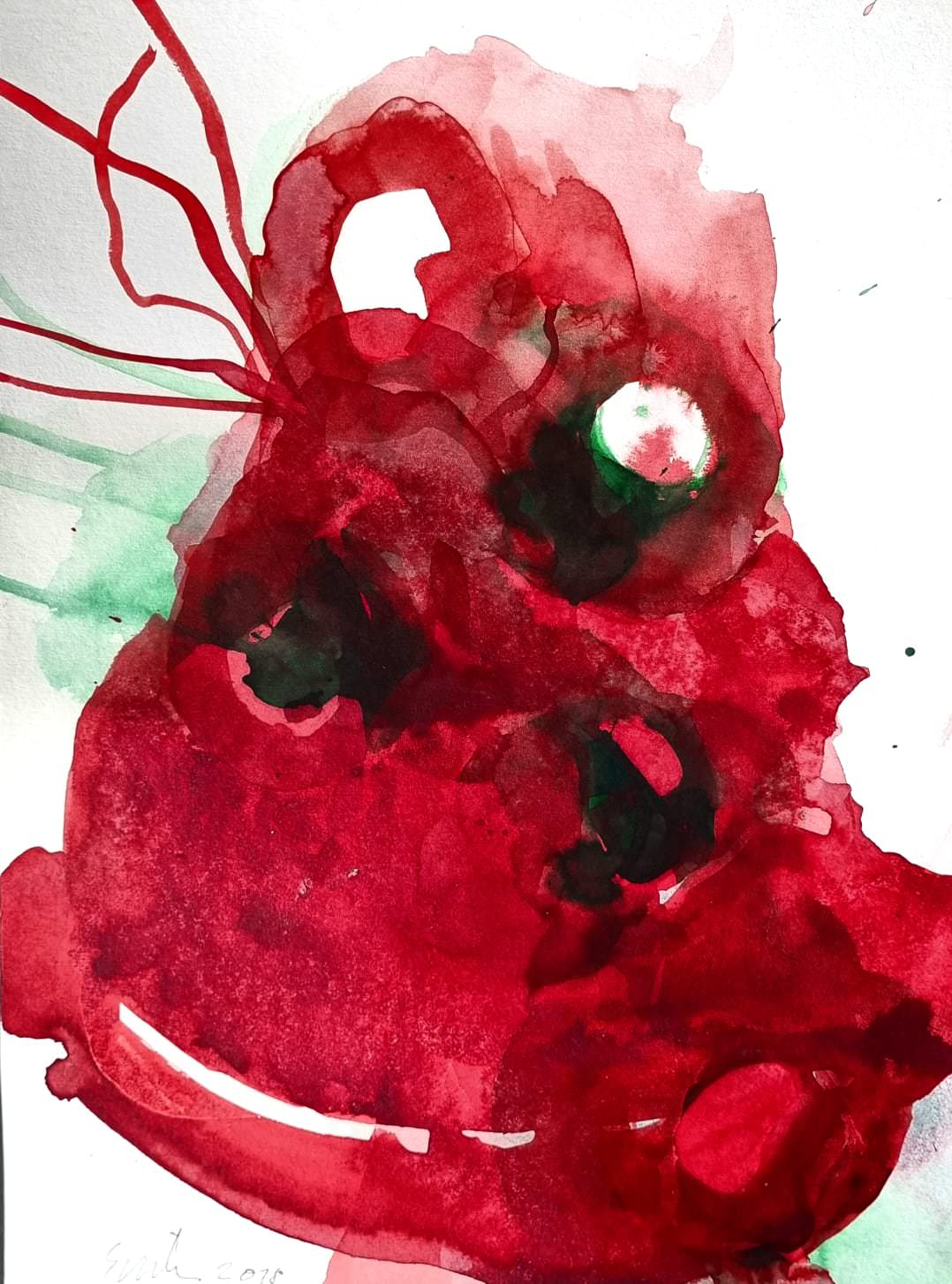
Elementals #1
Ink and aquarel on paper
40X30 cm
2018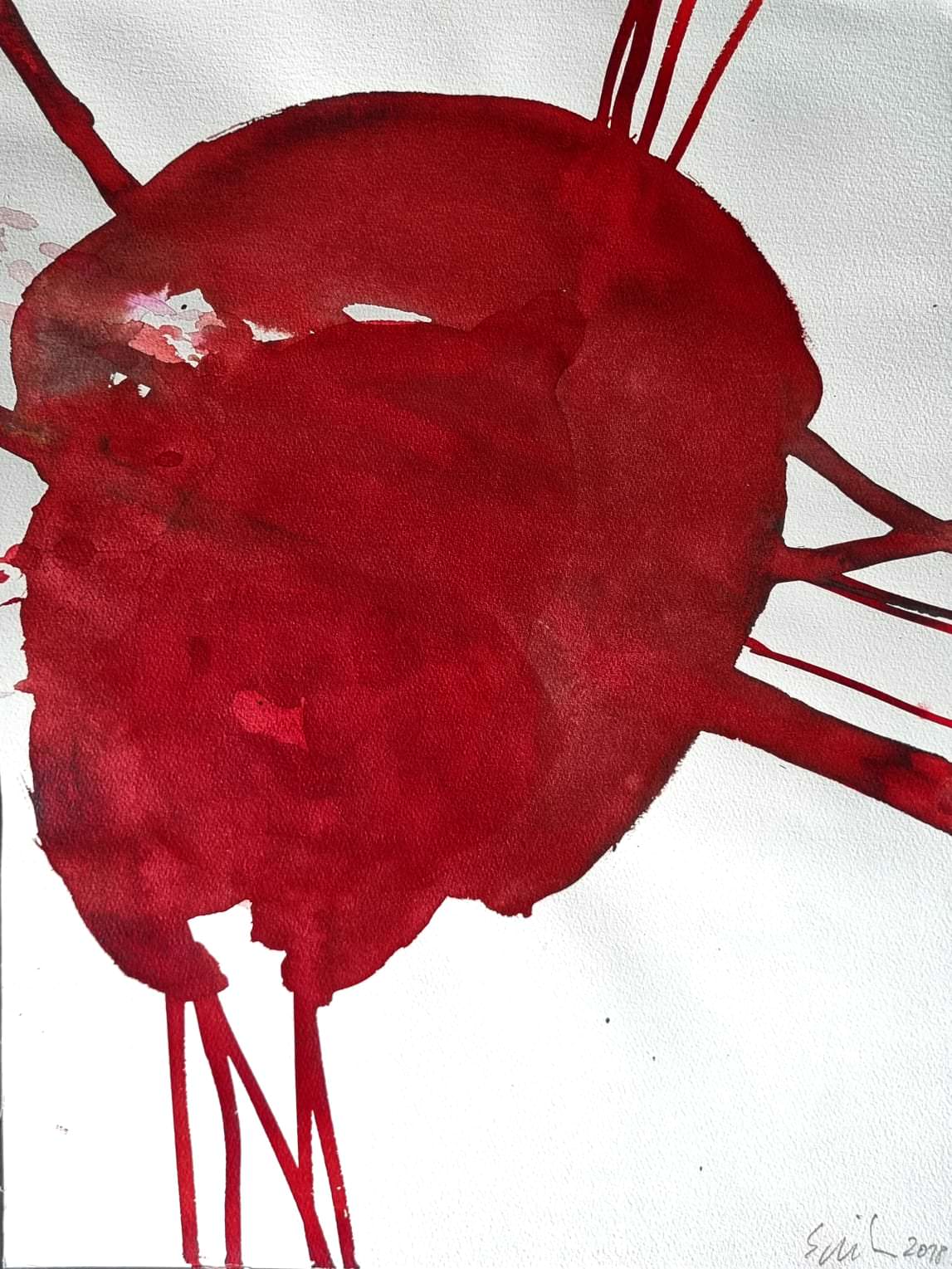
Elementals #2
Ink and aquarel on paper
40X30 cm
2018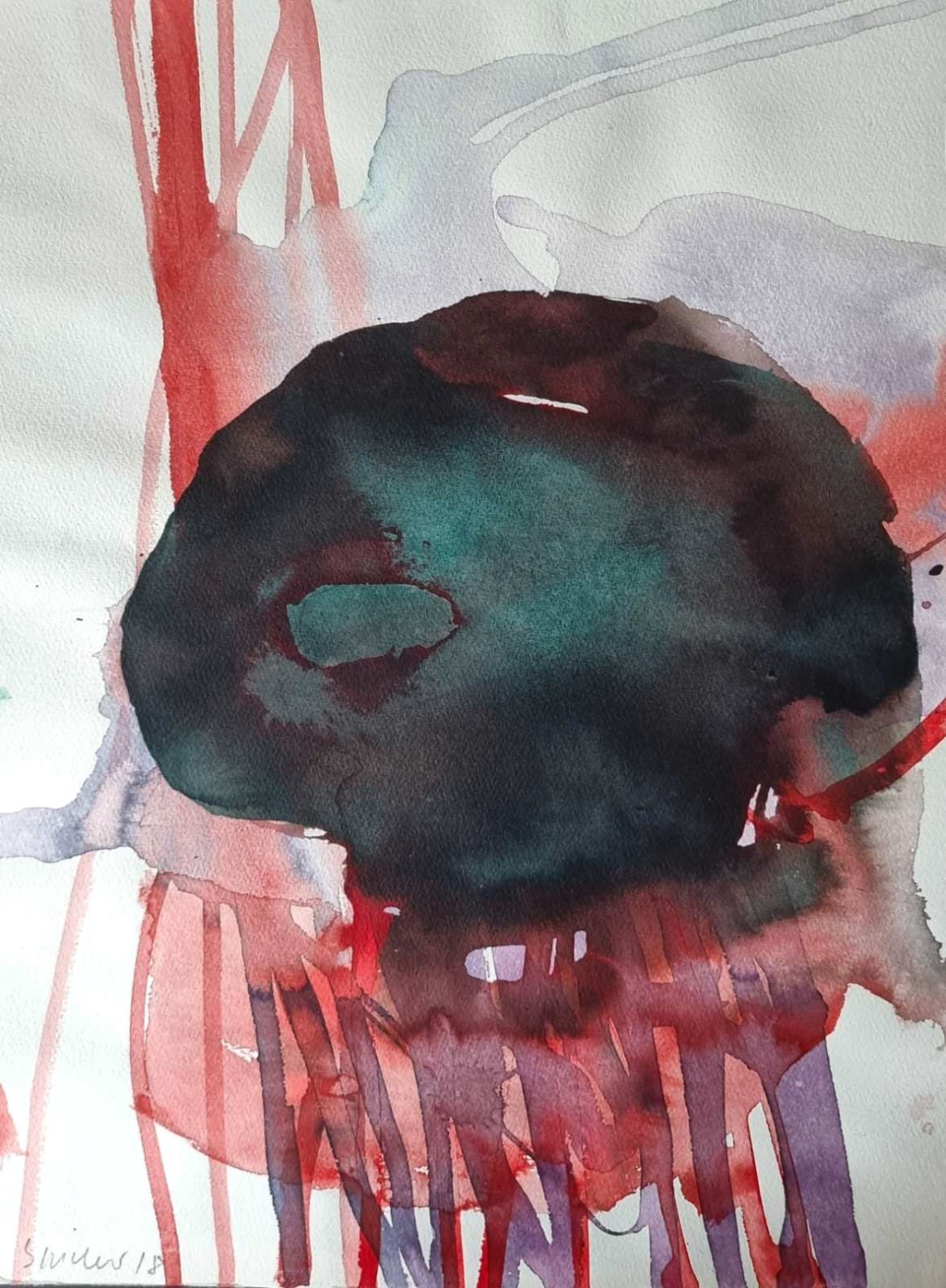
Elementals #3
Ink and aquarel on paper
40X30 cm
2018
SOLD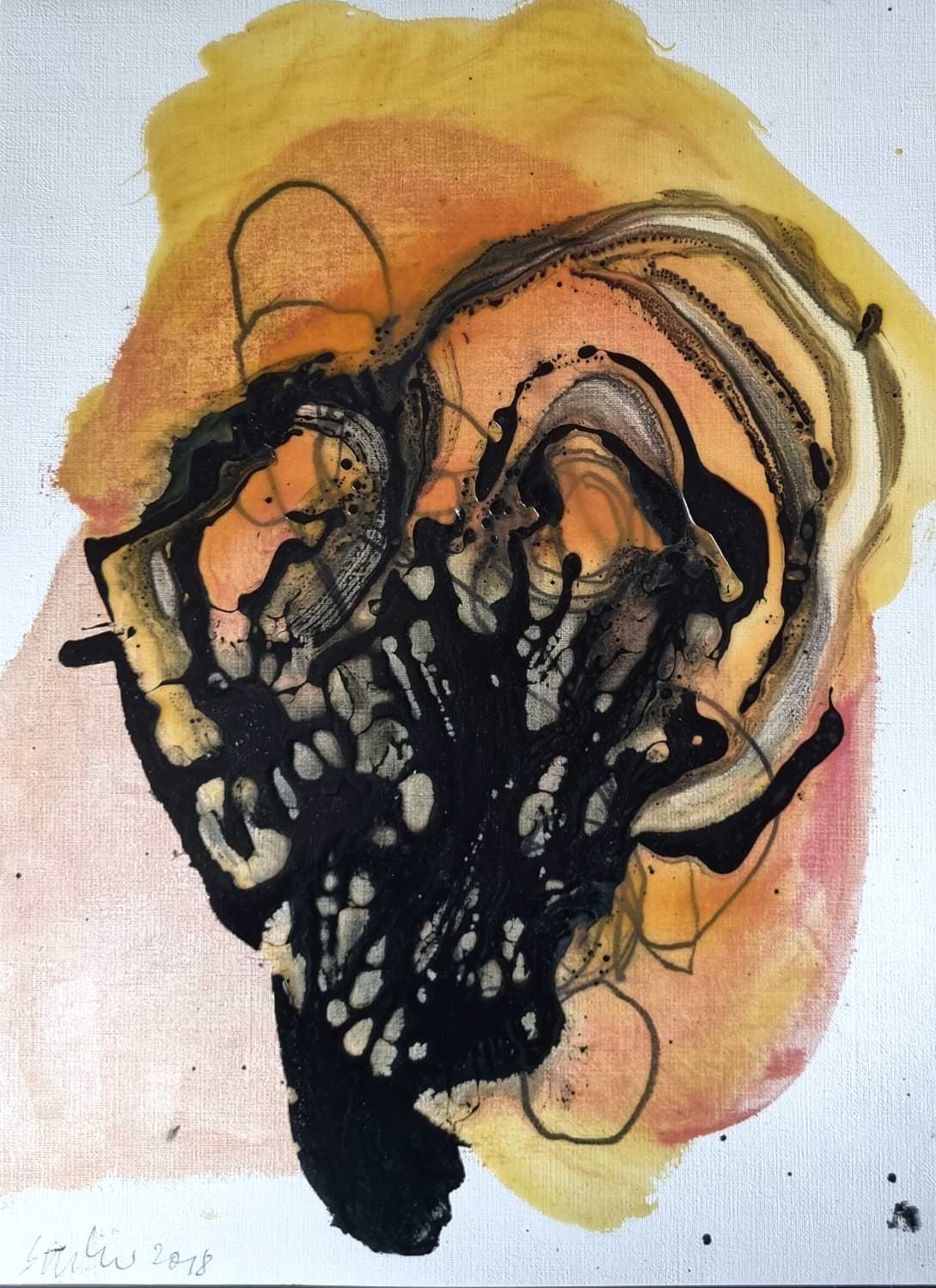
Elementals #4
Aquarel and lacquer on canvas
40X30 cm
2018
Eternal Line
Mixed media on canvas
150X224 (Diptych)
2003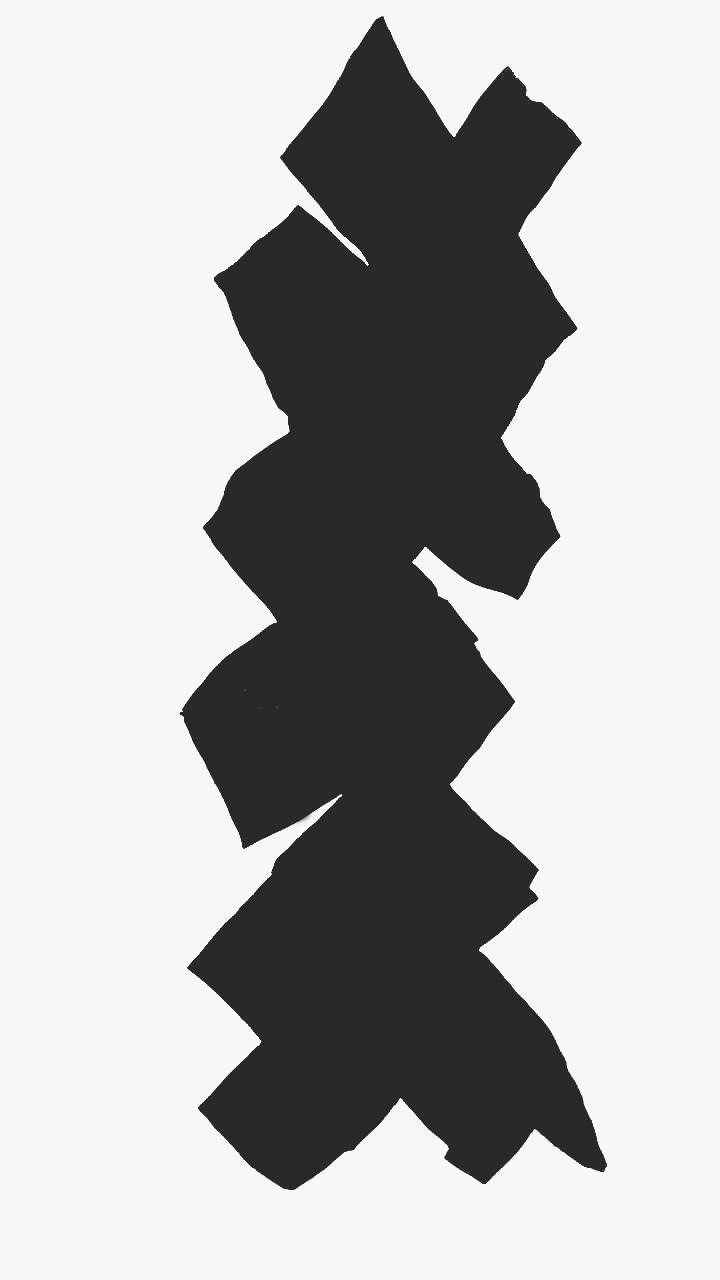
Fading
Lacquer on Aluminum
195X74 cm
2013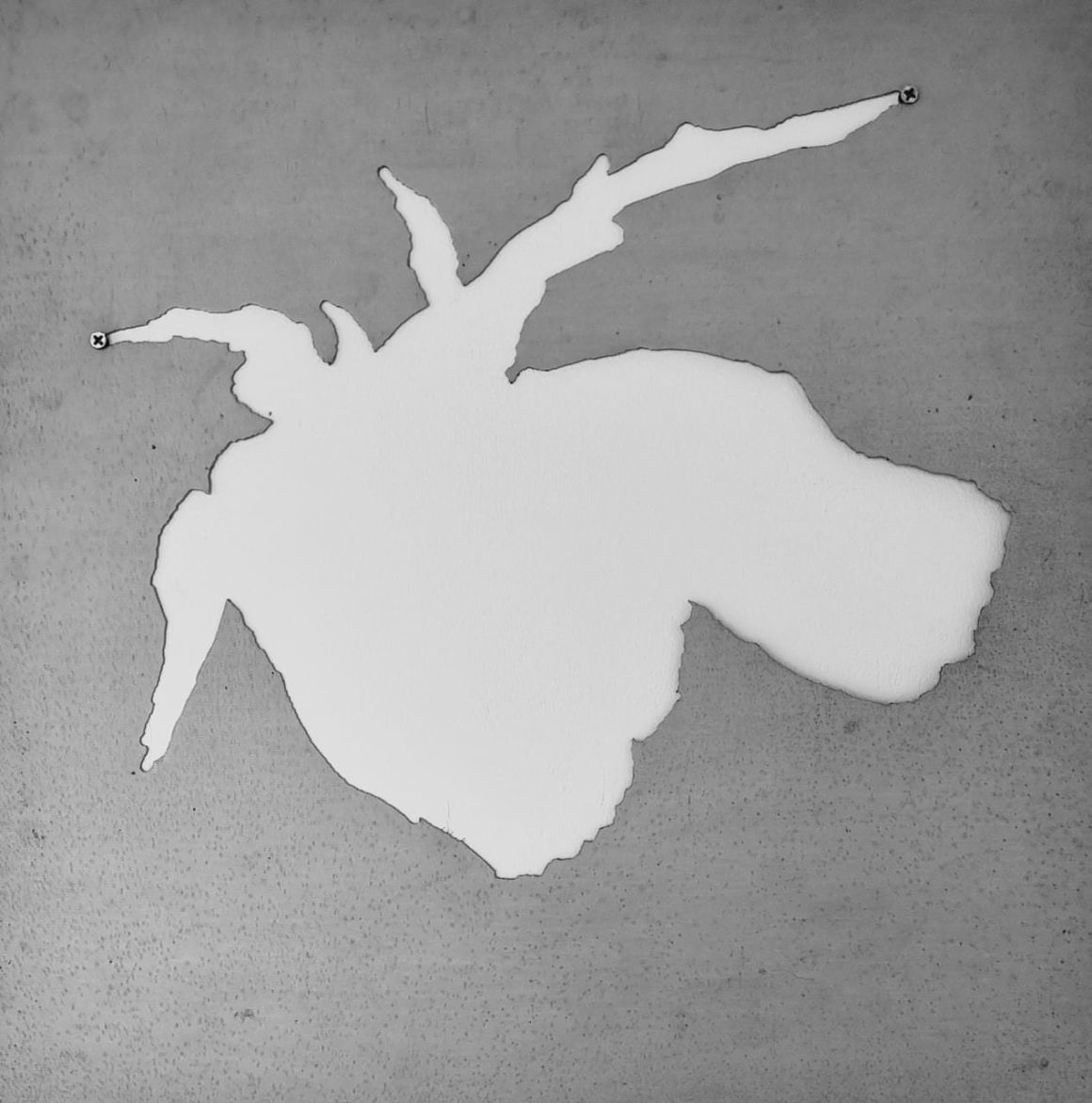
Space and Counter Space #1
Zink
40X40 cm
2012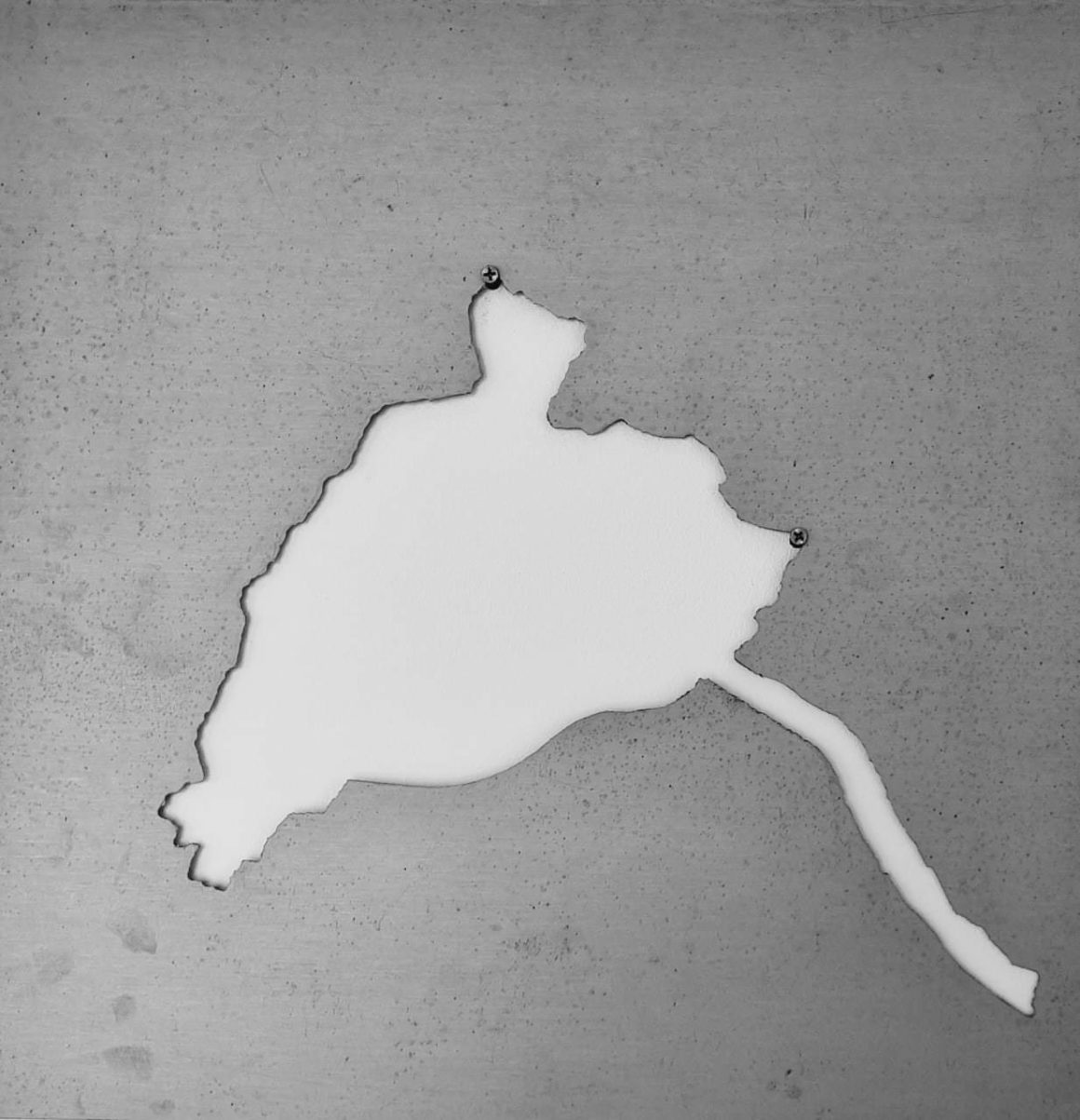
Space and Counter Space #2
Zink
40X40 cm
2012

